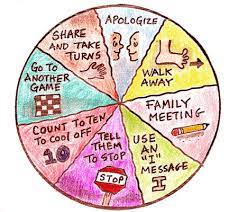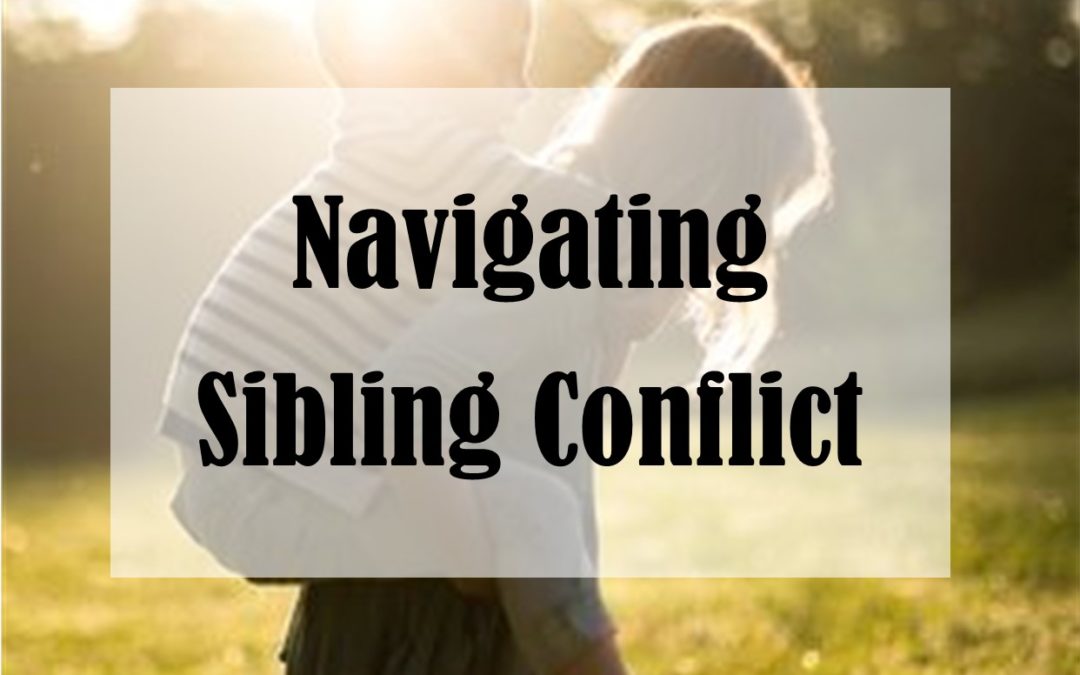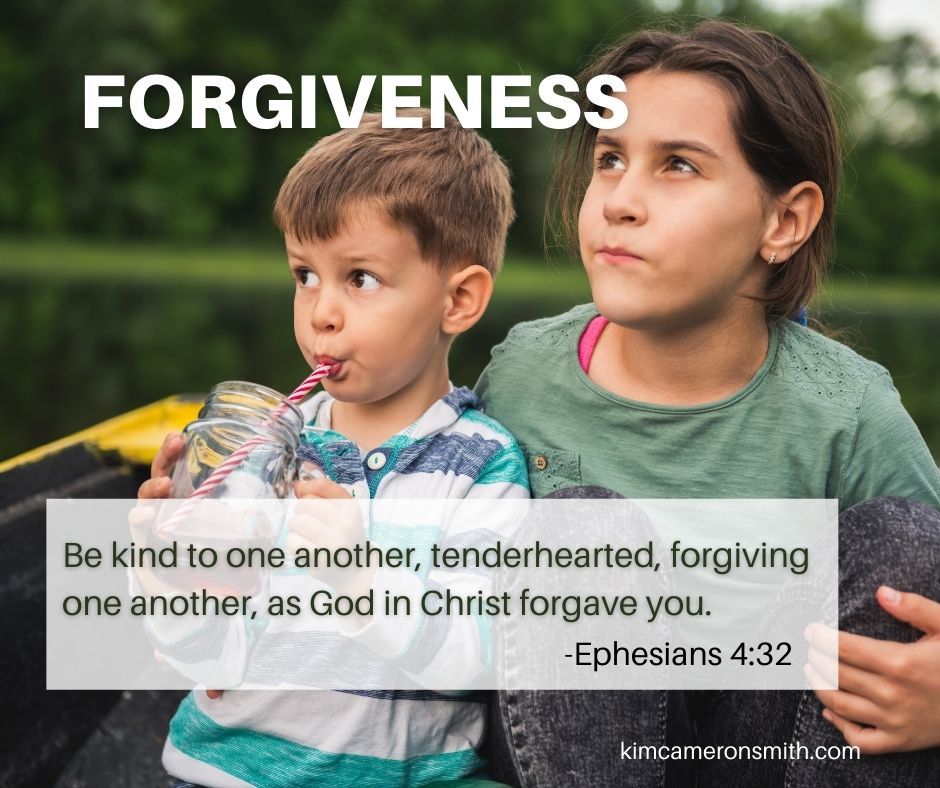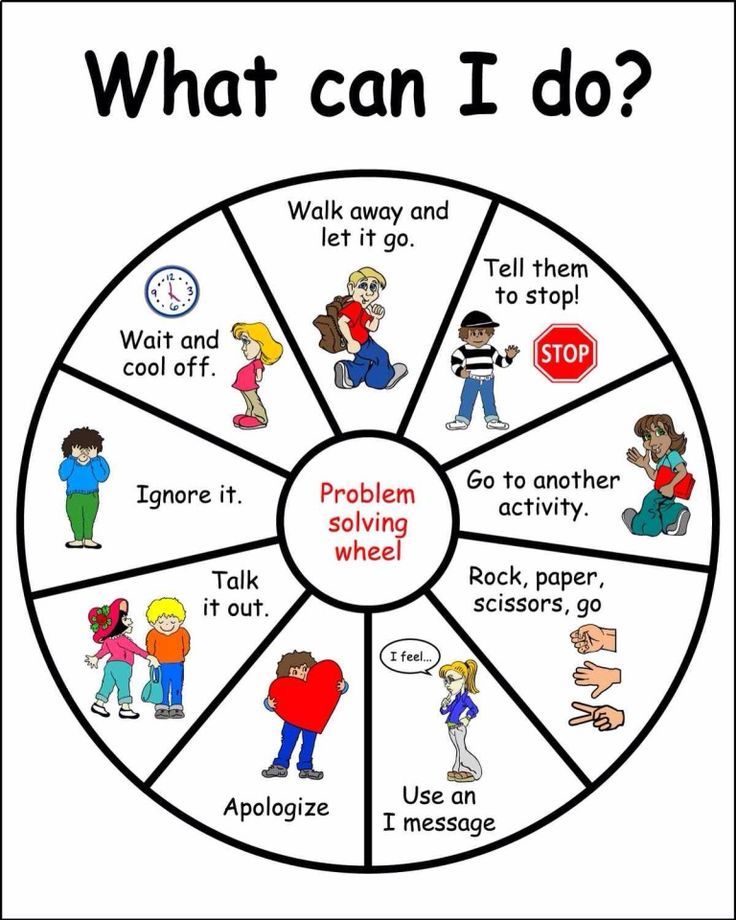
Our kids will encounter conflict in their lives, and the family is the best place for them to learn how to protect their relationships when disagreements arise. This podcast looks at conflict resolution strategies that you can teach your children, particularly when they have a conflict with their siblings.
The question isn’t whether our kids fight but how they fight. How do they treat one another during disagreements and conflicts? The lessons in love and patience that our kids learn in our homes will impact all their relationships beyond our home for the rest of their lives. We can turn sibling conflict into opportunities for growth in Christian virtue – in fact our kids can grow closer when they learn how to manage their conflicts.
Overview of the Show
Why Kids Sometimes Need Their Parent’s Help with Conflict
Some parents have a strictly hands off approach to their children’s conflicts. They let them sort things out. There is certainly wisdom in this – sometimes our kids do figure things out — particularly when they possess good conflict resolution skills.
But sometimes kids lack these skills, and then the conflict becomes a battle of who is stronger or more intimidating. In one chapter in the book Nurture Shock the authors debunk the myth that kids who grow up with siblings always have better social skills than only children. It’s actually not true. It depends on the sibling experiences. A quote from the book:
“Maybe the mistake here was assuming that those thousands upon thousands of interactions with siblings amount to as single positive. Perhaps the opposite is true – that children learn poor social skills from those interactions as often as they learn good ones.”
Kids can learn great social skills in our homes but sometimes they need hands-on guidance.
A Parent’s Role in the Conflict
So what is our role when we need to intervene in our kids’ spats?
You don’t need to become the judge and jury – you’ll drive yourself crazy and ultimately one child feels alienated. Everyone is on the same side. You’re a family.
Your role as a parent is to teach conflict resolution skills, guard against bullying, and sometimes you need to step in to mediate when the kids can’t come up with a workable solution. In professional mediation, the mediator ensures each side has a chance to state what they need and they ensure the other side hears them. We can do the same with our kids
Help Kids See Their Sibs as Christ See Them
A few messages to reinforce in our homes:
- Siblings are a blessing. God gave us siblings to help us get to heaven!
- Fight Satan by loving your sibling. Satan has been causing division between siblings since the beginning of time.
Conflict Resolution for Great Kids
When things are calm, work on conflict resolution strategies with your kids. Talk over with them some healthy ways to resolve conflicts. When you love somebody, the goal of conflict resolution is for both people to come together and consider the well-being and interests of both people.
Brainstorm potential solutions to the things they’re disagreeing about – how can they both get what they need or want?
REMINDERS:
- Focus on the issue instead of the siblings. (Talk about why you want to play the particular game rather than mentioning how selfish your sibling is.)
- It’s okay to negotiate (I’ll give you a turn on my bike if I can borrow your baseball bat this afternoon.) – Just watch that big kids don’t take advantage of younger ones.
Practical Tools
Where do you put all the solutions they come up with? Here are some ideas that I talked about on the show:
Jar of Choices: Write the kids’ solutions or suggestions on Popsicle sticks and keep the sticks in a pretty jar. When they’re squabbling, tell them to look through their sticks for a workable solution.
Wheel of Choices: A wheel of choice is a pie-shaped chart that offers options for what a child can do in tough situations. You can divide the chart up into any number of pie segments, but 6 or 8 is the most common. Therapists tend to use the wheel of choices to help kids figure out how to respond to problem emotions – so 6 choices when your child is angry or 6 choices when child frustrated. I first learned about this tool on Jane Nelsen’s Positive Discipline website. Well, you can have one of these wheels that your children use together when they’re squabbling.
When your kids are receptive and getting along, make the wheel of choice with them. Ask them what would be six possible ways to deal with conflicts – when they’re fighting over a toy or disagree on a movie or both want to sit in the same seat.
For example, they could take turns, be generous (share the toy or let the sibling choose the movie), apologize, talk to a parent, etc. Let your kids brainstorm and throw out ideas. They can use pictures or words for their solutions and they can decorate the chart. It can be huge – like the size of a poster – or just a small piece of paper. Have it available in a visible place.
When they’re having a conflict, tell them that they both need to pick a solution together from the wheel of choices.

Charity Catcher: Remember the “cootie catchers” or “fortune tellers” we made when we were kids? I call it a “charity catcher” or “virtue catcher”! Similar idea, but here the solution is ultimately selected for the kids by doing the charity catcher moves. Have your kids come up with conflict solutions to write on the on the catcher. Here is my collection of charity collections that you can try out. (I said on the show that I have about 50 suggestions for possible solutions your kids might choose – it’s only 20! Oh well, still a start.)
Get the Resource

More Resources
Nurture Shock (mentioned on show)
Peaceful Parenting, Happy Siblings (Laura Markham). Tons of great conflict resolution ideas for siblings.



